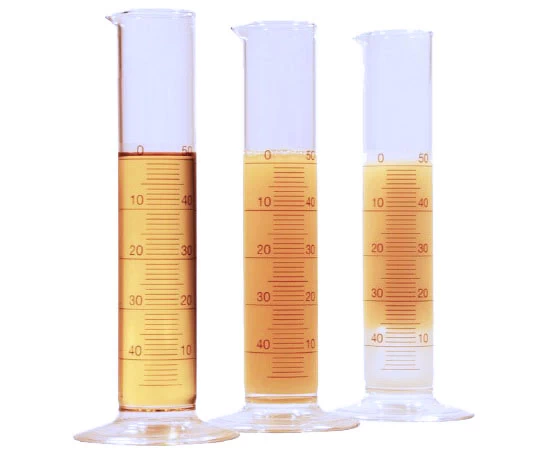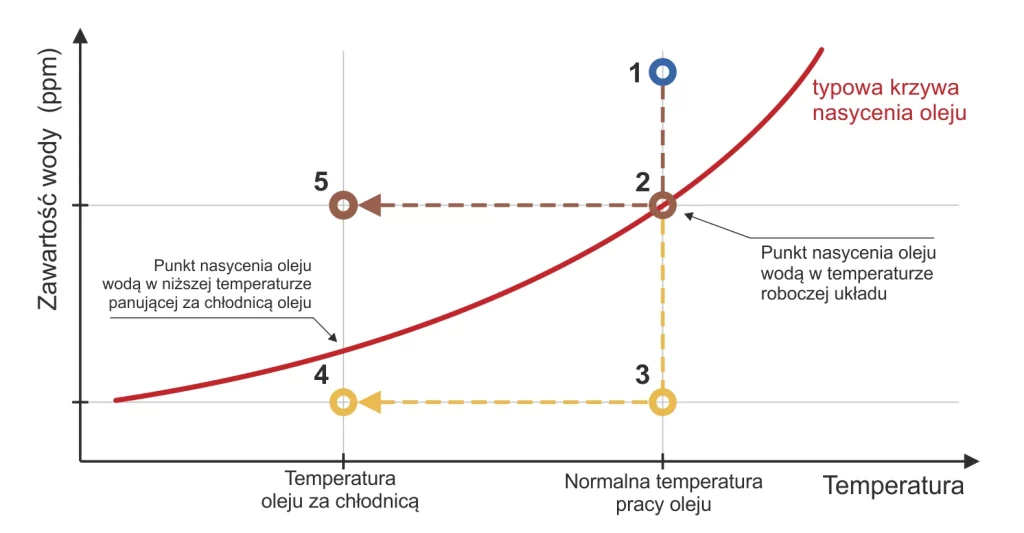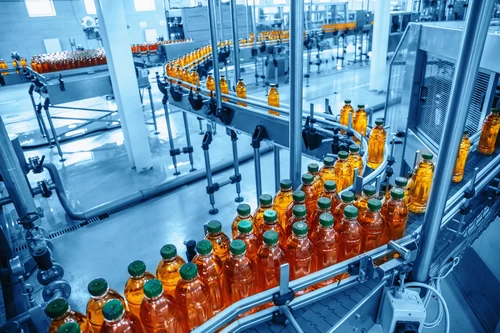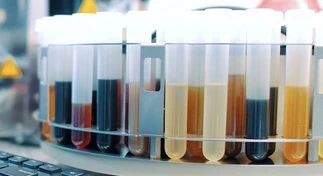where does the water in oil systems come from?
There are many ways for water to penetrate the oil. New oil may contain water as a residue from tanker cleaning or improper storage of drums and tanks. Sources of water in oil systems can include leaking cooling systems, water entering the oil system in cleaning or evaporation processes of equipment, penetration through actuator pistons or condensation, depending on ambient conditions and humidity, as well as absorption of moisture from the environment.






